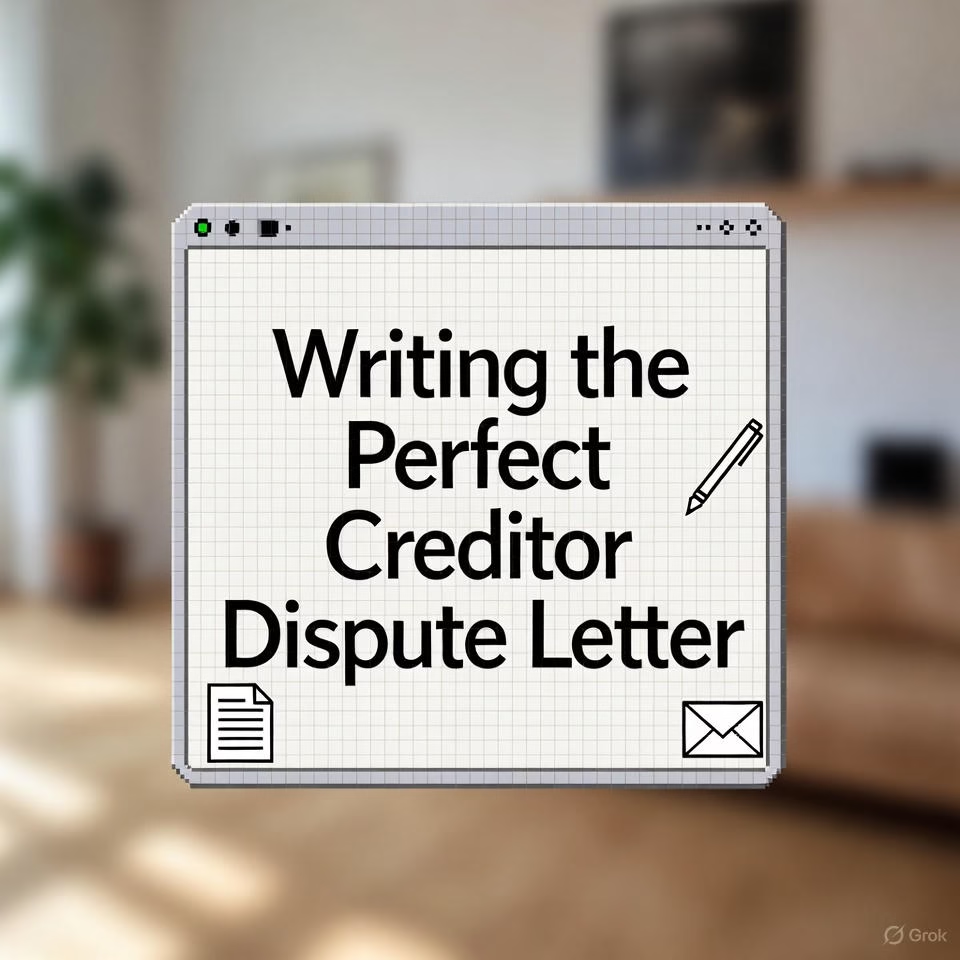Creating memorable, effective commercials while grappling with increasingly tight budgets and demanding timelines is a hard challenge for ad film makers. This balancing act requires a unique blend of creativity, technical skill, and resourcefulness. In an industry where every second counts and every dollar is scrutinized, these professionals must constantly innovate to deliver impactful content that resonates with audiences and meets client expectations.
The Pressure Cooker of Modern Advertising
The advertising landscape has transformed dramatically in recent years. With the rise of digital platforms, the demand for content has skyrocketed, while
attention spans have shortened. Ad film makers must now produce more content than ever before, often with less time and money at their disposal.
Shrinking Budgets, Growing Expectations
One of the most significant challenges facing ad film makers is the trend of shrinking budgets. As companies spread their marketing dollars across various channels, the allocation for individual video projects has often decreased. Yet, paradoxically, the expectations for high-quality, impactful ads have never been higher.
David Martinez, a veteran ad director, notes, “Ten years ago, we might have had a week to shoot a 30-second spot. Now, clients expect us to deliver three times the content in half the time, often for the same or less money.”
This financial squeeze forces ad film makers to be incredibly resourceful. They must find ways to maximize every dollar, from negotiating better rates with suppliers to embracing cost-effective production techniques.
The Race Against Time
Alongside budget constraints, ad film makers also contend with ever-tightening timelines. The rapid pace of modern marketing campaigns means that concepts often need to be executed and delivered in a matter of days or weeks, rather than months.
Sarah Chen, a producer at a major ad agency, explains, “We once had a client come to us on a Monday, needing a fully produced ad by Friday. It’s intense, but it’s becoming more common. Ad film makers have to be ready to move at lightning speed.”
This time pressure affects every stage of the production process, from conceptualization to post-production. Ad film makers must streamline their workflows, make quick decisions, and often work long hours to meet these demanding deadlines.
Creative Solutions to Budget and Time Constraints
Despite these challenges, skilled ad film makers have developed numerous strategies to create impactful ads under pressure. Here are some of the key approaches they employ:
- Embracing Minimalism
When budgets are tight, ad film makers often turn to minimalist concepts. By
focusing on a single, powerful idea, they can create memorable ads without the need for expensive sets, large casts, or complex special effects.
For example, a famous ad for a pain relief medication featured nothing more
than a white background and a balloon being inflated and deflated, effectively illustrating the concept of pressure relief. This simple yet impactful approach allowed the ad makers to convey their message clearly while keeping
production costs low.
- Leveraging Technology
Advancements in technology have provided ad film makers with powerful tools to create high-quality content more efficiently. From affordable high-resolution cameras to sophisticated editing software, technology has democratized the
production process.
Mark Williams, a tech-savvy director, shares, “We recently shot an entire commercial using just smartphones and some basic lighting equipment. The
quality was surprisingly good, and it saved us a fortune on camera rentals.”
Additionally, virtual production techniques, such as those using LED walls,
allow ad film makers to create diverse locations without the need for expensive travel or set construction.
- Multitasking and Skill Diversification
To meet tight deadlines, many ad film makers have become jacks-of-all-trades.
It’s increasingly common to find directors who can also edit, or cinematographers who double as colorists.
“I’ve had to learn to wear multiple hats,” says independent filmmaker Lisa Kraus. “On smaller projects, I might be the director, camera operator, and editor. It’s challenging, but it allows us to work faster and keep costs down.”
This multitasking approach not only saves time and money but also ensures a consistent vision throughout the production process.
- Stock Footage and Animation
When original filming is too expensive or time-consuming, ad film makers often turn to stock footage or animation. These resources can be quickly customized to fit a brand’s message and style.
Animation, in particular, has become a go-to solution for many ad film makers working with limited budgets. It allows for the creation of visually striking ads without the need for costly live-action shoots.
- Guerrilla Filmmaking Techniques
Some ad film makers adopt guerrilla filmmaking techniques to create authentic, raw content quickly and cheaply. This might involve shooting in public locations without permits, using natural light, or casting real people instead of actors.
While this approach comes with its own set of challenges and ethical considerations, when done responsibly, it can result in fresh, genuine-feeling ads that resonate with audiences.
- Repurposing and Adapting Content
To maximize efficiency, ad film makers increasingly create content that can be easily repurposed across multiple platforms. A single shoot might produce
assets for television, social media, and website use.
“We always think about how we can get the most mileage out of every shoot,” explains digital marketing specialist Alex Ngo. “Maybe we’ll film a 30-second TV spot but also capture behind-the-scenes content for Instagram and longer interviews for YouTube.”
This approach allows ad film makers to deliver more content without proportionally increasing production time or costs.
The Impact on Creativity and Quality
While these strategies help ad film makers navigate budget and time constraints, there’s an ongoing debate about the impact on creativity and overall ad quality.
Some argue that these limitations stifle innovation and lead to formulaic advertising. Critics point to the prevalence of similar-looking ads across industries as evidence of this homogenization.
However, others contend that constraints can actually fuel creativity. They argue that the pressure to do more with less forces ad film makers to think outside the box and come up with truly innovative solutions.
Renowned ad director Maria Gonzalez believes, “Some of the most creative ads I’ve worked on have been born out of severe limitations. When you can’t rely on a big budget, you have to rely on big ideas.”
The Future of Ad Filmmaking
As the advertising industry continues to evolve, ad film makers will likely face even greater challenges in terms of budget and time constraints. However, they will also have access to new tools and technologies that can help them overcome these obstacles.
Emerging technologies like artificial intelligence and virtual reality promise to revolutionize the way ads are conceptualized and produced. These tools may allow for even faster turnaround times and more cost-effective production methods.
Additionally, the rise of user-generated content and influencer marketing is changing the very definition of what constitutes an “ad.” Ad film makers may
find themselves increasingly collaborating with content creators or developing strategies to make branded content feel more authentic and less produced.
Conclusion
The challenges of creating impactful ads on tight budgets and timelines are formidable, but they also present opportunities for innovation and creativity.
Successful ad film makers in this environment are those who can adapt quickly, embrace new technologies, and find novel ways to tell compelling stories with limited resources.
As the industry continues to change, one thing remains certain: the demand for skilled, resourceful ad film makers who can deliver high-quality content under pressure will only grow. Those who can master the art of efficiency while maintaining creativity and impact will be well-positioned to thrive in this dynamic field.





